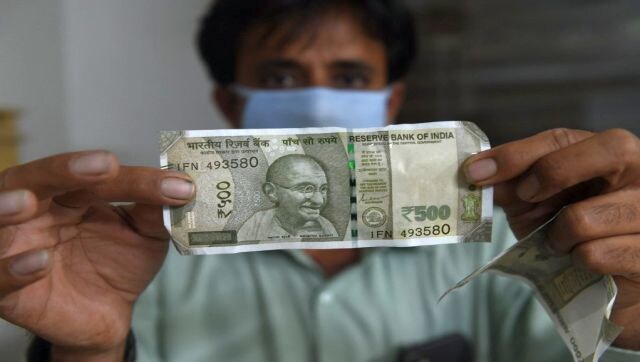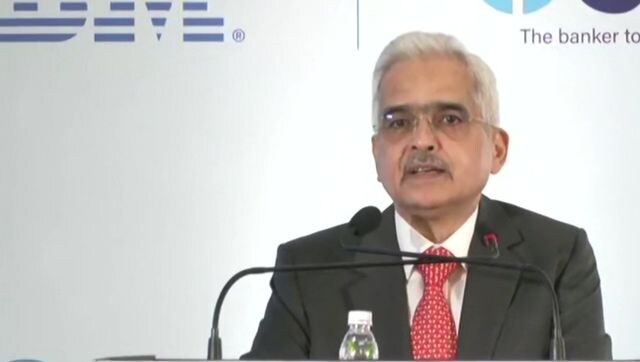What are polymer banknotes? All you need to know
Polymer banknotes last 2.5-4 times longer than cotton-based notes, and they are not easy to counterfeit.

Representational image. AFP
Polymer banknotes are a type of banknotes which are made up of bi-axially oriented polypropylene (BOPP) films, enabling the incorporation of features which are far more secure, such as metameric ink. These bank notes were first introduced by Australia in 1988. Australia switched completely to polymer notes by 1996. There are now various countries which use polymer notes, including Canada, the United Kingdom, Nicaragua, New Zealand, Maldives, Papua New Guinea, Brunei, Mauritania, Romania and Vietnam. After analysing the environmental effects of making paper and plastic bills, the Bank of Canada also started moving towards polymer banknotes in 2011. In the assessment, polymer outperformed paper in all categories and phases.
Due to their durability, polymer notes are environment friendly and last considerably longer than paper.
Paper notes vs polymer banknotes:
Cotton, which is the raw material used for making paper banknotes, leads to an increased use of pesticides, water, and chemicals, causing a negative impact on the environment. In India as well, the paper used for printing banknotes consists of cotton. There is a microscopic layer coating of special lacquer on the cotton-based paper. The coating is done for repelling moisture and dirt. This material is used all around the globe. However, polymer is gradually replacing it.
In October, 2009, Reserve Bank of India (RBI) called for an Expression of Interest (EoI) from global manufacturers for 1 billion pieces of Rs 10 polymer banknotes. RBI’s annual reports for FY 2009-10 and FY 2010-11 entertained the idea of launching polymer notes in selected locations on a field trial basis.
According to RBI’s 2015-16 annual report, 1 billion pieces of banknotes of Rs 10 denominations had to be printed on all polymer substrates available and issued in five cities with different climatic zones, namely Mysore, Shimla, Jaipur, Kochi, and Bhubaneswar on a trial basis. But the project could not get off the ground.
Polymer notes are more resistant to micro-organisms and folding. They also last 2.5-4 times longer than cotton-based notes, and are not easy to counterfeit. However, they are twice as expensive to make.
Read all the Latest News, Trending News, Cricket News, Bollywood News,
India News and Entertainment News here. Follow us on Facebook, Twitter and Instagram.
also read

Bank FDs vs Government Bonds: What are G-Secs, T-Bills and do they offer more returns? Read here
Government securities or G-Secs are issued by the government to meet its debt obligation. These can be either short term (less than a year’s duration like treasury bills) or long term

This post office scheme doubles your investment in just 10 years; details here
the central government raised the rate of the small savings program by 0.30 percent for the third quarter (October–December).

Central Bank Digital Currency going to bring major transformation in the way business is done: RBI Governor
RBI Governor Shaktikanta Das said that the central bank will to try and launch the CBDC in a full-fledged manner in the near future
